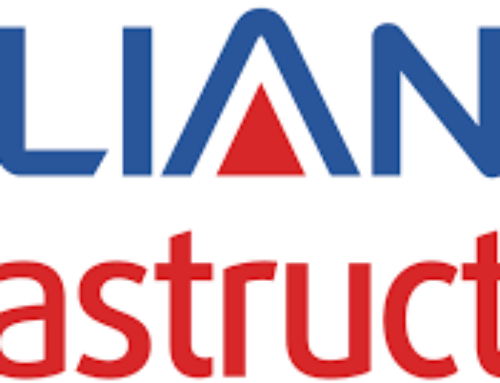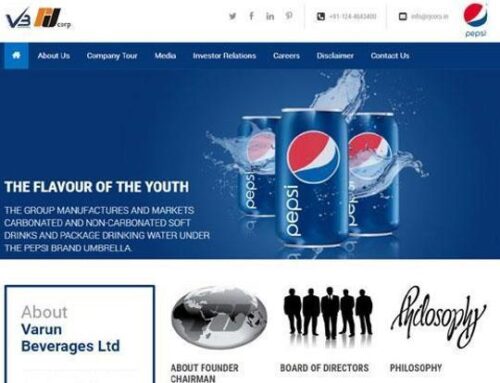Before starting the subject, I want to say that I neither hold any share of Vedanta limited nor any of its subsidiaries.
What do you mean by the corporate structure of the company?
The textbook definition is a little different, but I can explain the structure of the holding company and its subsidiaries, CEO, and board of directors come under a corporate system.
So, what is a complex corporate structure?
Tata Sons and Aditya Birla’s group can be seen as a complex capital structure. You may know Grasim as a Holding company, but it is not. Essel mining, Turquoise Investments & Finance, and IGH Holdings are three holding companies directly held by Kumar Mangalam Birla. Through which they have a stake in the various companies. In the Tata group, the structure is more complex. Tata Sons holds a majority share in some but also is a minority shareholder in many companies.
I am talking about this because one of the leading companies of natural resources worldwide wants to delist its share from BSE and NSE. It receives permission from its board.
Corporate announcement of the outcome of the Board meeting dated 18 May 2020
Shareholding pattern of Vedanta as per March 2020 filing said 8 Promoter entities hold 1,86,36,18,788 shares representing 50.14% holding. The public owns the remaining.
The mining and metal industry is a capital-intensive business. It always needed capital, so there is always debt on such companies. Be it Tata steel, Hindalco. Vedanta is also no exception for it. But the managerial skills of Anil Agarwal, Head of Vedanta natural resources group, are excellent. From a simple company, he increased to a company operating in nearly all mining businesses. Buying distressed businesses and turning them is one skill he is known for. BALCO, Hindustan Zink, Cairn India, Sesa Goa. He increased it all. But that increased their debt levels. Cairn India merger reduced their debt, but due to Coronavirus came to them can be explained by what warren Buffett always gave while explaining buyback. Say you have four owners of a business worth 2000. One wants to the left. If he is ready to receive less than 2000/4 = 500, it generates wealth for the remaining 3.
According to an Institutional Investor Advisory Services report, Vedanta’s independent directors have a fiduciary duty to guide shareholders on VRL’s delisting bid. It describes the offer price of Rs 87.50 per share — less than half the 52-week high of Rs 180 and just above the 52-week low of Rs 60 — as “opportunistic.” While the offer price represented a 10 percent premium over the market price, it “does not reflect intent, seriousness, and fairness,” said Stakeholders Empowerment Services, another governance advisory firm, in its report. SES pointed to Vedanta subsidiary Hindustan Zinc Ltd. and said, “the value embedded in each share of Vedanta due to HZL itself is almost 150 percent of the price offered”.
Shares of Vedanta Ltd saw their highest volume in nearly 15 years and a 14% surge in prices on Tuesday on the market buzz of the company being delisted. And yet, the level of shares taken for delivery was lower than usual—-a sign revealing a lack of investor enthusiasm. Lower than average delivery volumes show something. Some questions.
Promoters of Vedanta are considering delisting when its shares have been severely battered and recently hit a four-year low because of prices of several commodities being at their lowest in nearly a decade. This has bought the share price significantly below its intrinsic value, making valuations attractive. It has also given the promoters of Vedanta significant headroom to negotiate with institutional stakeholders.
A successful delisting typically offers more than a 50% premium to minority shareholders. However, even if Vedanta does that, it will only provide about 131 rupees per share to investors, which is far below the levels seen even six months back, against the book value of 183.
This company and its corporate governance are not very clean. But, it was in the news for a different reason.
A recurring peeve of investors is that the company has been inappropriate in using cash, and the delisting is also being perceived as a measure to retain the money in the company, especially from subsidiary Hindustan Zinc, which is one of the world’s largest and lowest-cost producers.
“They (promoters) need the asset to utilize the cash lying at Hindustan Zinc and also calibrate dividend payouts…so yes, there is a doubt whether the delisting will go through,” said the head of equity research for India at a global fund.
I am going to end this by saying that The company was listed in England, but it was delisted from there due to some corporate governance issue. So now here they are delisting on reducing their cost. The share price is at the lowest range and maybe more melancholy than its intrinsic value. Due to bond-buying and packages worldwide, the cost of debt may also be lower. Right now, though, the Debt to EBITDA ratio looks terrible, but it is expected to reduce in the future. So it is in favor of investors and shareholders to say no to delisting.




